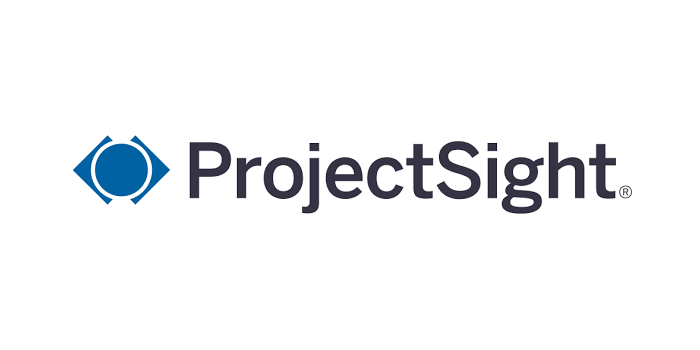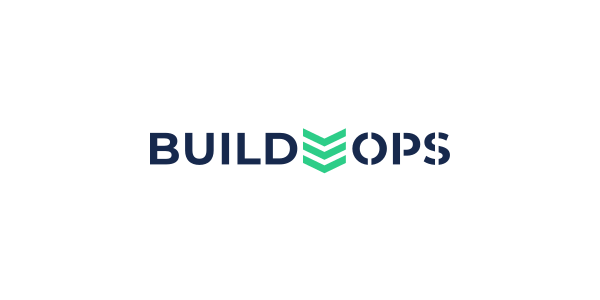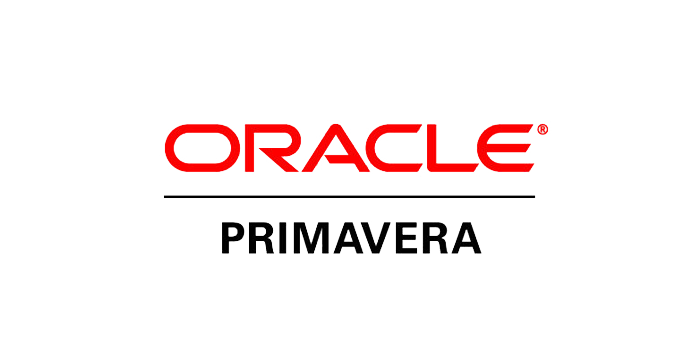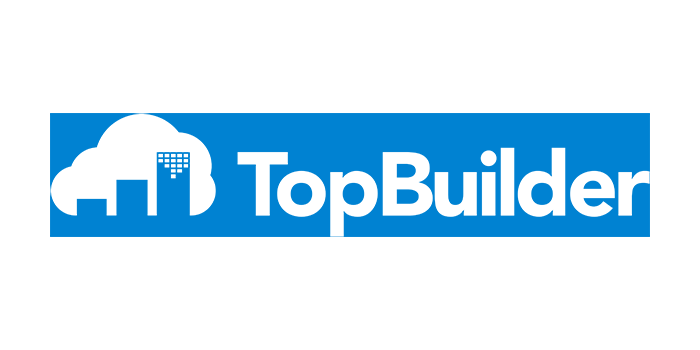Original article by Michael Voelker on Property Casualty 360
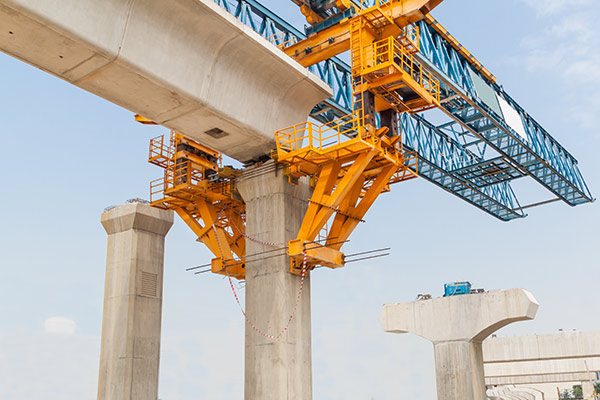 Call it “the Big Build-Up”: construction-focused carriers are cheering the multi-year run of positive news in the building sector. Growth in nonresidential construction is projected at more than 7.4% in 2016, according to the industry trade group Associated Builders and Contractors.
Call it “the Big Build-Up”: construction-focused carriers are cheering the multi-year run of positive news in the building sector. Growth in nonresidential construction is projected at more than 7.4% in 2016, according to the industry trade group Associated Builders and Contractors.
Four key areas of growth stand out: large commercial residential buildings, infrastructure projects, renewable energy, and transformation of manufacturing or other commercial facilities into new uses. Although commercial residential has slowed a bit from its blistering double-digit growth pace in recent years, Dodge Data & Analytics, which provides news and intelligence for the North American construction industry, still predicts a 7% increase in 2016.
“We are seeing quite a bit of large building development,” says Tim Kania, global head of energy and construction at Aspen Insurance. “That is evident through all the major city centers — when you travel, you can't help but notice that tower cranes are back on the skylines.”
Growth in infrastructure projects is being driven by continued improvement in the global economy. “Replacing aging infrastructure and building new projects are both going to continue for the foreseeable future and create opportunity for the insurance industry,” says Tim McAuliffe, president of Ironshore Specialty Casualty.
Construction in the energy sector has been influenced on one hand by falling oil and gas prices, and on the other by multi-year extensions of tax credits for renewable energy that were passed at the end of 2015.
“Nine months ago, no one could have predicted the drop in oil prices to sub-$30 levels, which has put oil- and gas-related projects on hold,” says Kania. “Instead, we are seeing a greater emphasis today on all aspects of the renewable segment.”
One of the more intriguing trends that is having an impact on the insurance marketplace is the transformation of former industrial buildings and spaces to habitational spaces. “Those projects are complex to insure,” says McAuliffe. “There are different exposures when you’re building in an existing structure.”
Those complexities include how to properly value buildings for Builders’ Risk coverage because, unlike in ground-up construction, the structure's value might not follow a linear upward progression. Buildings may require lead or asbestos remediation, and former occupancies can raise Environmental concerns.
“You will have an array of contractors and subcontractors dealing with old and new parts of the structure, and sometimes conflicting priorities arise between those contractors. A strong risk management program is the key to handling the exposures present with transformation projects,” Kania adds.
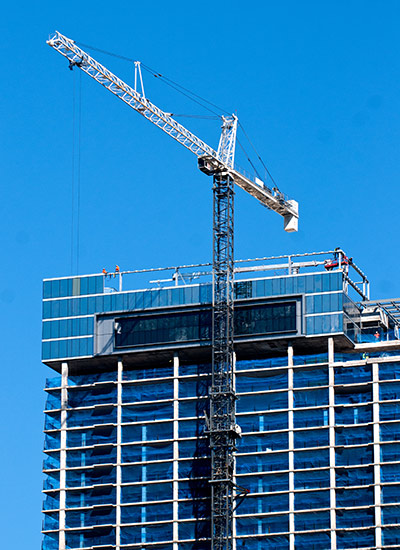 Wrap it up
Wrap it up
In recent years, there has been greater interest in owner-controlled insurance programs (OCIPs) or contractor-controlled insurance programs (CCIPs), commonly referred to as “wrap-up” policies.
“The wrap-up market has grown quite a bit because of larger infrastructure projects, hotels and multi-family residential project growth,” says Brian Billhartz, senior vice president of Wrap Up Insurance Solutions, which has offices in St. Louis and San Francisco, and places and manages wrap-up programs.
“In today's market, we’re placing significant programs — $500 million to $2 billion plus in construction value — in (General Liability)-only wrap-up programs. Ten years ago, we never would have had these types of opportunities in the (Excess & Surplus) market,” says Erik Davis, managing director, RT Specialty Insurance Services brokerage.
Growth also comes as owners and contractors recognize the benefits of wrap-up programs. “Regardless of whether it's liability-only or liability and Workers’ Compensation wrap-up, the advantages to a consolidated program are consistency in coverage and terms for all parties associated with that project, as well as unified defense in claims handling that eliminates or reduces the traditional infighting and finger-pointing in the traditional claims process,” says Davis.
Growth in demand for wrap-ups has been met by more than adequate capacity. “We are seeing more competitors in the marketplace, which tends to lead to softer pricing overall,” says Billhartz, who adds that current premiums are coming in anywhere from flat to single-digit declines compared to where they were a year ago.
Other lines of construction coverage are also competitive: Jeff Slivka, president, New Day Underwriters, reports that the Contractors’ Professional Liability market has gone from about 10 carriers five years ago to more than 20 today, with four new markets in the past six months alone.
“With the expansion of carriers, we have seen an expansion of the coverages being offered in the marketplace,” says Slivka. “Coverage has evolved from typical third-party liability resulting from negligent services performed by or on behalf of the contractor, to first-party protective and rectification coverage that pays to remedy design errors discovered during the course of construction.” As a result, new buyers are entering the marketplace, he adds.
Main Street P&C business for contractors is equally competitive. “Insurers and brokers continue to view construction as attractive,” says Kania. “It creates a steady flow of new business, and in most lines of business there is an abundance of capacity.”
Although the increase in capacity works to the financial benefit of buyers, not all companies are created equal.
“Price isn't the most important component when evaluating the adequacy of capacity,” Kania notes. “When you are insuring complex projects, it's important to do business with insurers that have the resources and financial wherewithal to cover these projects for multiple years.”
“There is a list of ‘unacceptable’ carriers circulating out there, and owners or general contractors won't let somebody on a job site without proper coverage,” says Thomas Harding, senior vice president, AmWINS Brokerage of New York. Although he declines to specify carriers that are on the list, he says that a policy's coverage for Contractual Liability is a key point of consideration.
“Some [substandard] policies exclude Contractual Liability, which is a definite ‘no,’” he says. “Many of the additional insured endorsements on General Liability policies also specify ‘where required by written contract,’ so it's important for brokers to evaluate policies and construction contracts to be sure the right coverage is in place.”
Claims picture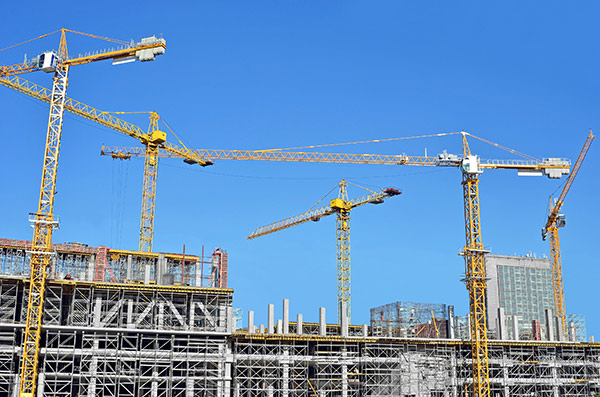
Several claims trends have developed in this climate, starting with losses in building transformation projects.
“We’ve seen fires happen at the beginning of projects as demolition takes place, as well as near the end of the project as the fire load of a structure increases. We’ve also seen more water-damage claims that occur after retrofit plumbing and sprinkler systems are installed and hydrostatic testing is done on those systems,” says Kania.
Davis reports that construction-defect claims are occurring more frequently and sooner, particularly in western states and Florida. “In the last residential construction boom, we saw defect claims often reported in the months right before the statute of limitations expired,” he says, which in California is typically 10 years after completion. “Now, we’re seeing those claims occur earlier in the process, sometimes during the first few years of the limitations period. More attorneys are fighting to get in on claims sooner with homeowners’ associations in the spirit of competition.”
In Workers’ Compensation, construction workplace injuries are still accelerating. New York City set a record for construction accidents in 2015 at 433 incidents, compared to 231 in 2014. Rick Keegan, president of Travelers Construction, attributes this rise in part to inexperienced workers.
“For each of the last four years, our data shows that somewhere between 40% to 50% of injured workers have been employed for a year or less, and 60% for three years or less,” he notes.
Keegan also sees older workers with chronic conditions exacerbated by workplace injuries, which he says can double the cost of workers’ comp claims. To combat this trend, contractors need not just insurance, but better risk-management protocols. “Older workers have certainly created a demand for a different level of training and counsel,” he says. “Contractors need to understand that those workers can have greater challenges from a rehabilitation standpoint, so their onboarding and return-to-work strategies [should] target the needs of those workers.”
Lastly, auto claims continue to plague construction accounts. “Work picks up, the economy starts to improve,and vehicles that may have been idle are being used more often,” adds Keegan. “Unfortunately, the impact of auto losses on the construction industry is severe, and vehicle accidents are one of the leading causes of workplace fatalities and serious and catastrophic injury.”
Capitalize on opportunity
Growth in construction creates opportunity for agents and brokers who can position themselves to compete.
“For a retail broker who does not have a lot of experience, their best bet is to reach out to a third-party intermediary with expertise in the field,” Harding says. “Each carrier has different exclusions, subcontractor warranties, primary wording, additional insured endorsements, and so on, that will put you in an E&O situation if you are not experienced.”
“The ability to deliver solutions that provide value-added service and claims administration is what differentiates brokers in the Construction space,” says Kania. “Pick where you want to grow your business and develop that expertise, only expanding when you’ve established the required skill sets.”
 Rise of the drones
Rise of the drones
There is a lot of buzz — so to speak — around the use of unmanned aerial vehicles, commonly called drones, in the construction industry.
“Drones have tremendous application in construction for performing site surveys, being able to monitor buildings as they go up, keeping track of progress, and all types of tasks where, without a drone, someone would have to physically climb the structure,” says Tim McAuliffe, president, Ironshore Specialty Casualty. “We are also seeing drones used internally for measurements, quality assurance or just oversight of a project.”
Although drones have not generated any claims activity of note yet, agents need to be aware of the exposure presented by unmanned aircraft.
“More important than insuring the drone itself for damage is that, if the drone hits somebody, it can create a liability exposure,” McAuliffe says. “There have also been questions around invasion of privacy. We’re willing to underwrite those exposures, either through a separate policy or through endorsement on the general liability form.”


